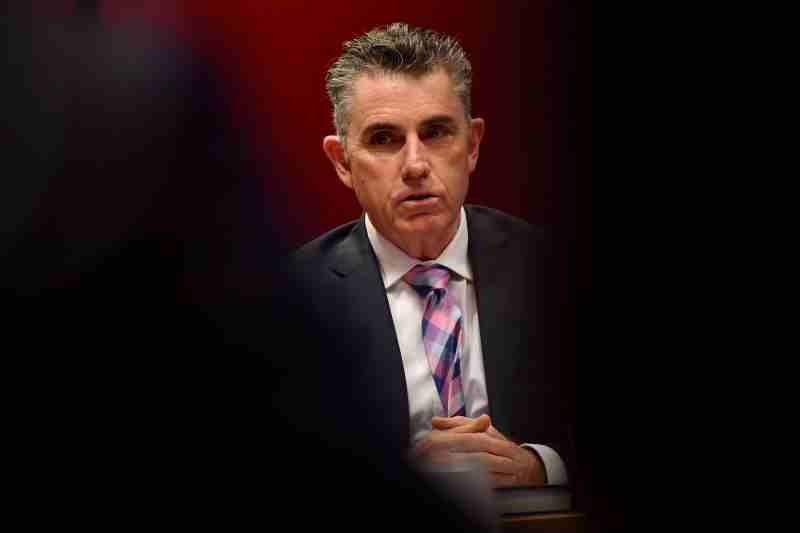Credible plans are needed to accelerate sluggish home building as housing prices soar and supply dwindles, the real estate lobby is telling government.
An accountable housing delivery plan should be delivered by Queensland’s two major parties ahead of the budget as demand continues to outweigh supply, a real estate body says.
The latest ABS data paints a bleak picture of the state’s home building approvals, starts and completion times that are not heading towards a recovery, according to the Real Estate Institute of Queensland.
The real estate body instead believes that without systemic change, it will be hard for Queensland to claw its way out.
“Our overall building approvals, dwelling commencements and completions remain stuck below 35,000 new dwellings each year – which is well below what’s required to catch up to demand,” CEO Antonia Mercorella said.
Data from the ABS shows a 13.5 per cent decline in private dwelling apartment approvals in Queensland in the 12 months to April 2024.
Dwelling commencements also dropped 7.4 per cent, as did completions by 1.4 per cent.
A decrease in construction productivity, combined with tradies being absorbed into large-scale infrastructure projects, has impacted the sector according to Ms Mercorella.
“It is now taking more than 50 per cent longer to complete a house in Queensland than it did 10 years ago. This points to declining productivity in the sector,” she said.
“We’re not saying that the principles of the Homes for Queenslanders plan aren’t sound, but we are wondering how they can deliver their targets in the current market conditions.
“Queensland has the longest completion times for apartments in the country at 26 months. Ten years ago, this was only 14 months.”
Brisbane moved up to the second-most expensive city in Australia to buy a house, according to data released by CoreLogic on Monday.
The Sunshine State’s capital median house value is currently $937,479, while units are $615,429.
The overall value of Brisbane dwellings has increased more than five times faster than Melbourne since the pandemic began at 59.8 per cent, compared to 11.2 per cent respectively.
A deficit in available listings combined with a migration spike has contributed to Brisbane’s surging house and unit prices.






